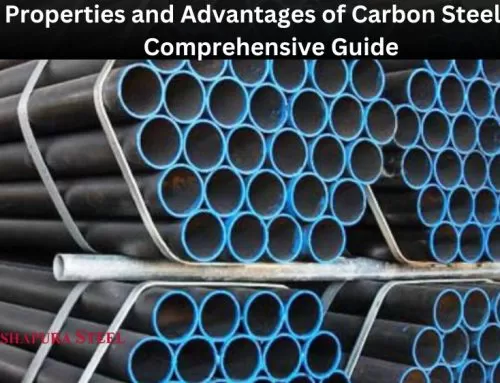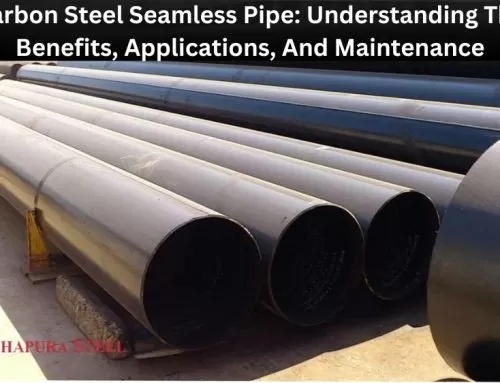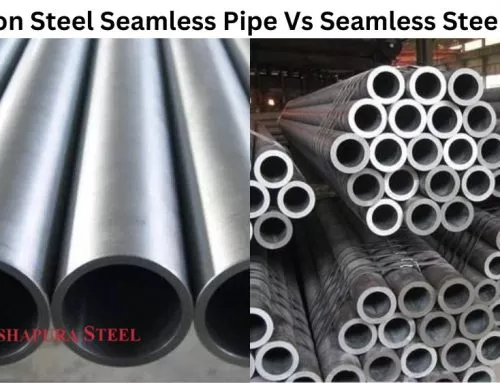Carbon steel pipe is the most commonly used material for process piping. It has the advantage of wide availability, high strength, and a large array of connection possibilities, for example, screwed, socket-welded, and butt-welded. Steel pipe should be selected for the required strength and durability required for the application and the ductility and machinability required to join it and form it into piping spools. The pipe must withstand the pressure, temperature, and corrosion conditions of the application. These requirements are met by selecting pipe made to an appropriate ASTM or API standard.
Grades of steel used
There are many grades or strengths of carbon steel pipes and they are available in a number of wall thicknesses. We have seen that the allowable stress is used to determine what wall thickness is required. The allowable stress is a function of both the metallurgy of the material and the method of the manufacturer.
The various piping specifications provided by ASTM and API provide guidelines for both the metallurgy and the method of manufacture. The most widely piping specifications for process lines are ASTM Specifications A-53 and A-106 and API Standard 5L. The principal wall thicknesses used are defined by schedules, for example, Schedule 40, Schedule 80, and weights, for example, STD, XS, and XXS. Both ASTM A53 and ASTM A106 pipe are fabricated SMLS or seamed, by electric resistance welding, in Grades A and B. Grades B have higher tensile strength. Three grades of ASTM A106 are available—Grades A, B, and C, in order of increasing tensile strength. ASTM A671 Carbon Steel Welded Pipe with filler metal added, fabricated from pressure vessel quality plate of several analyses and strength levels and suitable for high-pressure service at atmospheric and lower temperatures. ASTM A672 Carbon Steel Welded Pipe for high-pressure service at moderate temperatures.
Carbon steel pipe can be manufactured using several different techniques, each of which produces a pipe with certain characteristics. These characteristics include strength, wall thickness, and corrosion resistance, and temperature and pressure limitations.
Applications
Carbon steel pipe is used for liquid, gas, and steam services both above- and belowground services. It is not recommended for use in corrosive services but may be used in caustic services.
Industries across the spectrum use carbon steel pipes in various forms and sizes. Buildings, infrastructure, tools, ships, automobiles, machines, and appliances are all made from steel.
- Transporting water and wastewater underground
- Transporting sewage
- Steel scaffolding and building foundations
- Transporting oil & gas
- Boiler and condenser tubes, transport steam
- High-pressure applications
- Chemical processing






